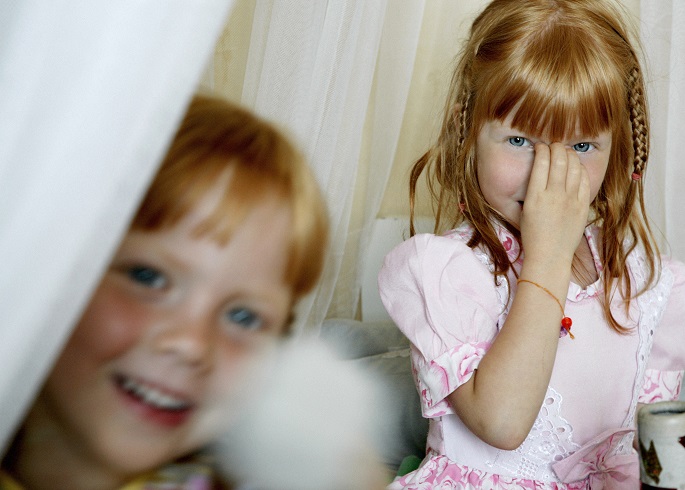10% Finnish children live in low income households
Cutbacks of welfare hit children: Ombudsman
Published : 06 Apr 2018, 22:52
Updated : 07 Apr 2018, 11:28
While Finland is renowned for social equality, Finnish child ombudsman Tuomas Kurttila said on Friday that ten percent of Finnish children lived in "low income households" in 2016, higher than in 1990s.
Kurttila in his annual report demanded urgent measures to overcome child poverty.
Child poverty in Finland does not mean any immediate life threatening situations, but it may mean being bullied at school as the low income child could, for example, have an older type of mobile phone or not attend costly extra-curricular activities, said Kurttila.
The basic education involves no tuition fees in Finland, but school books are not given free of charge in the secondary level.
Kurttila saw the increased consumption of junk food by low income families as a risk. He suggested taxation should be applied in such a way that healthier diets would win. Advertising of unhealthy foods should be restricted.
The child ombudsman demanded that the right to full-day pre-school education should be restored to all children. The current Finnish coalition government reduced in 2015 the early education from full days to half days for those children who have a parent at home. Before the change, all children had enjoyed unconditional full day care service.
The child ombudsman in Finland is an independent public watch-dog of children's affairs. The position was established by the parliament in 2004.
The share of low income families in Finland tremendously reduced after the introduction of the welfare system in the 1960s.
Statistics Finland reports 18 percent of families had low income in 1966. The figure reached 7.5 percent in 1993, the lowest in Finnish history. The current 10 percent means 110,000 children live in low income families.
In Finland, the concept of "low income" means people whose monthly income is less than 60 percent of the median income. In 2016, the threshold of being at the low income level was 1,210 euros per month.
Kurttila summed up that Finland is in a challenging situation: The birth rate is declining, achievements in education decrease, the differences in child health and wellbeing are increasing.
A leading private child welfare advocacy group, the Mannerheim League on Friday said the child allowances paid by the government have lost a third of their purchasing power since the early 1990s.


